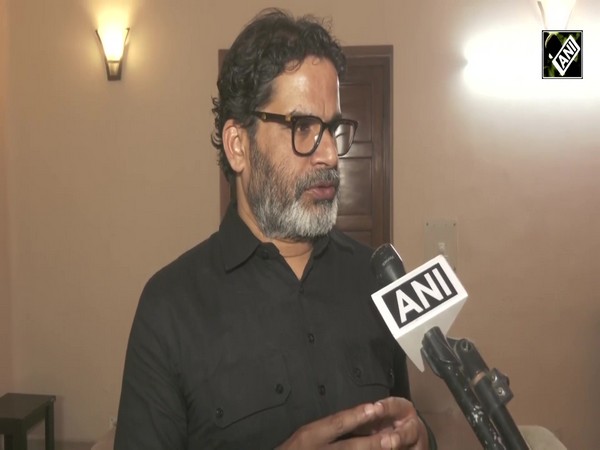Martial Arts of India: Part 2/3 "Power to the people"
Jun 29, 2021

New Delhi [India], June 29 (ANI/Mediawire): In our journey through India exploring the land's indigenous martial arts, this leg brings us in a Hyundai Venue to the resplendent western ghats of Maharashtra - the Sahyadris.
These Sahyadris were once the inspiration for the legendary Indian and Maratha warrior Chhatrapati Shivaji Maharaj, to stand up, organise and fight for what was right. Today, his fighting spirit still echoes in the valleys in the form of a holistic martial art. It survives, disguised as an absorbing sport we all have come to know as Mardani Khel.
This in an indigenous art form steeped in Maratha history. Although started for a specific cause centuries ago, its sheer magnificence means it survives even to this day. Of course, this survival isn't without human intervention. In the historic city of Pune, Vijay Aiwale, who runs the Shivajiraje Mardani Akhada, and is one of the handful of men and women who spends their lives in keeping the art of Mardani Khel alive and relevant in today's times.
"The initial army of swarajya had no mercenaries," notes Aiwale. "It was built of young farmers from Maaval, known as Mard-Maavle - hard working people, slight in body, quick in mind and brave in spirit. Unlike typical warriors, a maavla had to wear minimal armour to allow rapid movement on horseback and foot." His weapons and techniques had to prove their worth in the tough mountain passes of the Sahyadris. "This was to give them an edge over enemies who had come from distant land and would never be able to manoeuvre this tricky terrain like the local warriors could," he adds.
But do not make the mistake of assuming that these warriors had no hardware. Sure, the weapons of a mard-maavla look basic at first, but they carry tons of innovation in practice, to make them relevant in close-quarters combat. This how wars were fought and won on the mountains and forts. The humble stick - or the lathi -is light, easily accessible and with a long range. A well-placed strike with force can be disabling. Coupled with leather shields this practice moulds the perfect groundwork for a future swordsman.
dhal-talwar - shield and curved sword - formed the basic weapons of war. Light in weight and encouraging speed, their graceful alternating movements create an artistic but deadly dance. The khand or the double-edged straight sword is also an important weapon. With its guarded grip and a pointy pommel, it is a weapon of uninhibited attack. The dand-patta is a flexible double-edged sword. The pliable blade allows for great swinging motions in both directions. Coupled with the accuracy of a master, this is a weapon as deadly as it gets.
As in a real war, most of Mardani Khel's combat forms consider multiple opponents and the movements have evolved to guard attacks from multiple directions. There are also special forms that make teams of two fighters covering each other's backs, to create a 360-degree defensive formation. Quick, flowing, decisive motions and extreme situational awareness are the hallmark tactics of the Mardani form.
To enable the martial art to exist in the face of guns and then British laws, its practice and movements were given the form of a sport - or khel (in local language) - hence the name. And this is how the Maratha way of fighting has carried for centuries to this date.
Unlike many martial art forms, Mardani Khel has as much space for women as it does for men. Draped in the athletic nav-vari saree (also a regular everyday outfit for Maharashtrian women), the female warriors of Mardani Khel were, and are, trained with the same weapons and the same moves as the men. Mardani Khel brings security and confidence to its women practitioners even in today's times.
The clan is increasing, albeit at a slow pace. Young men and women all over western Maharashtra are dedicating themselves to the art of Mardani Khel out of inspiration, and are putting in the hard work to stay straight and true in body and mind. Its value as a performance art based in tradition is on the rise, making it much more visible and opening up new vistas for its students. But above all, even in times of peace, it seems to be keeping the noble spirit of the Maratha warrior alive.
This story is provided by Mediawire. ANI will not be responsible in any way for the content of this article. (ANI/Mediawire)






















